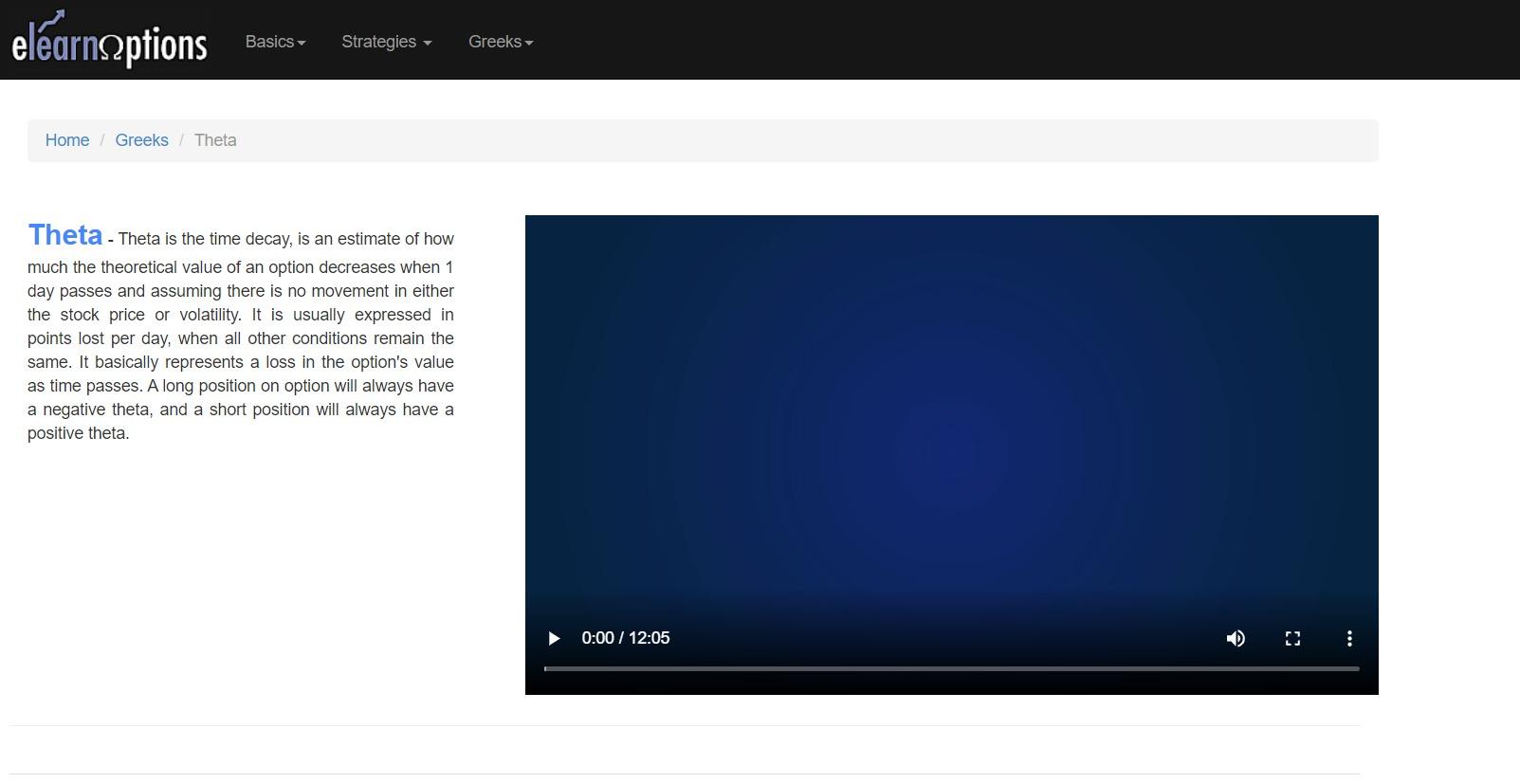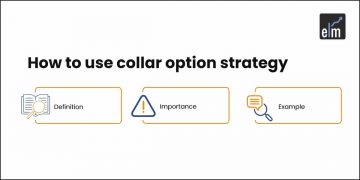Option Greeks? Is this sounding Greek to you? If yes, then we will help you in decoding this jargon in this week’s blog.
The price of an option is influenced by a number of factors that can either hurt or help traders based on the positions they have taken in that option.
One should note that factors like Option Greeks, Options Premiums and demand-supply of the markets influence each other. Although these factors work independently, they are all linked with one another. The final outcome of all these factors can be seen in the option’s premium.
The most important thing when trading in an option is to analyze the change in premium. An option trader needs to understand how these factors play their role before they start trading in options.
In this week’s blog we will help you in understanding Delta, Gamma, Theta, Vega, Ro- The 5 Types of Option Greeks to Measure Risk:
5 Types of Option Greeks–
1. Delta –
Delta is option greek that measures the options’ price change (which is the premium) which results from a change in the underlying security. The value of Delta ranges from 1 to 0 for calls and 0 to -1 for puts.
Call Options have a positive delta that means between 0 and 1. This means that if the price of the stock price goes up, the price for the call will go up, other factors being the same. For example, If a call has a delta of .50 and the stock goes up Rs.1 then the price of the call will also go up to about Rs. 0.50. Now if the stock’s price goes down by Rs. 1 then the price of the call will also go down about Rs 0.50
On the other hand, Put Options have a negative delta thave a negative delta that ranges between -1 and 0 as they have a negative relationship with the underlying security i.e., the put’s premium decreases when there is a rise in the prices of the underlying security.
So, we can say that for Call options-
- Call options have a positive Delta that range from 0 to 1.
- At-the-money options generally have a Delta near 0.5.
- The Delta will increase and reach 1 when the call option gets deeper in the money.
- The Delta of ITM call options will get closer to 1 when it nears expiration.
- The Delta of OTM call options will get closer to 0 when the expiration approaches.
Similarly, for put options, we can say-
- Put options have a negative Delta that ranges from -1 to 0.
- ATM put options usually have a Delta near -0.5.
- The Delta will decrease and approach -1 when the option gets deeper in the money.
- The Delta of ITM put options will get closer to -1 as it nears expiration.
- The Delta of OTM put options will get closer to 0 as it’s near expiration.
You can learn more about Delta from ElearnOptions.
2. Gamma-
Gamma is an option Greek that measures the rate of change in an option’s delta with respect to per unit change in the underlying stock’s price and helps the options traders to gauge what to expect in the near future.
Didn’t Understand? Let’s explain this in simpler words-
So, as we have discussed above, the change in delta is based on the change in the underlying asset price, however, gamma is a constant which represents the rate of change of delta. As delta changes, it means that delta is a variable, whose value changes depending on the changes in the underlying stock and the premium!
The Gamma of an option measures this change in delta for the given change in the underlying. As Delta is only good for a specific moment in time, Gamma tells us how much the option’s Delta should change as the underlying stock’s price or index increases or decreases. We can think of Delta as speed whereas Gamma as acceleration.
As the change in delta is with respect to change in the underlying value which is captured by Gamma, hence it is referred to as the 2nd order derivative of the premium.
As Delta can’t be more than 1, Gamma decreases as an option gets further in the money. One should note that the values of Gamma are highest for at-the-money options and lowest for that deep in- or out-of-the-money.
One should keep this in mind about gamma: Smallest for deep out-of-the-money and deep-in-the-money options and Lowest when the option gets near the money. Also, it is Positive for long options whereas negative for short options.
3. Theta-
Theta is another option Greek that measures the price change of an option for a one-day decrease in its time to expiration. In simple words, Theta tells us how much the price of an option should decrease when the option nears its expiration.

We can say that theta is the enemy for the option buyer whereas it is usually the option seller’s best friend.
As options lose value near their expiration, Theta helps us in estimating how much value the option will lose every single day, if other factors remain the same. One should note that the Theta of at-the-money options generally increases when they are near their expiration.
You can read more about Option Greeks from our ELM School Module
4. Vega-
Vega is another option Greek that measures the amount call and put prices will change for a one-point change in implied volatility. In simple words, it tells us how much an option’s price should move when the underlying stock or index’s volatility increases or decreases.
One should note that Higher volatility makes options more expensive as there’s a greater chance of strike prices being hit. Generally, the Option sellers benefit when the implied volatility falls, and vice versa for option buyers.
As the Long option traders benefit when the prices go up, and short option traders benefit from prices going down, this is the reason why long options have a positive Vega whereas short options have a negative Vega.
One should keep the following points in mind regarding vega:
- Vega can change without price changes of any underlying asset, as it changes due to a change in implied volatility.
- Vega can increase due to quick moves in the underlying asset.
- Also, Vega falls when the option gets near to its expiration.
You can also join our course on CERTIFICATION IN ONLINE OPTIONS STRATEGIES
5. Rho-
Rho is an option Greek that measures the change in an option’s price as per one percentage point change in interest rates. It tells us how much the prices of the option will rise or fall if the risk-free interest rate increases or decreases.
You can watch our video on Option Greeks from our Learn2Trade series. We have embedded the video below for a better understanding of this topic:
Bottomline-
The option Greeks as discussed above help us in understanding the important measurements of an option position’s risks as well as the potential rewards. Once we know the characteristics of these Option Greeks and how it affects the options price, we can start applying this to our current option strategies. We should not only know the total capital at risk in an options position but also understand what is the probability of a trade making money. For this, it is important for us to determine different risk-exposure measurements. You can learn more about such topics in detail from our Advanced Options trading course India.
We hope you found this blog on option greeks informative and use the information to its max potential in the practical world. Show some love by sharing this blog with your family and friends and help us in our mission of spreading financial literacy.
Happy Investing!







great post
Hi,
We really appreciated that you liked our blog.
Keep Reading!
Love your post!
Hi,
We really appreciated that you liked our blog! Thank you for your feedback!
Keep Reading!